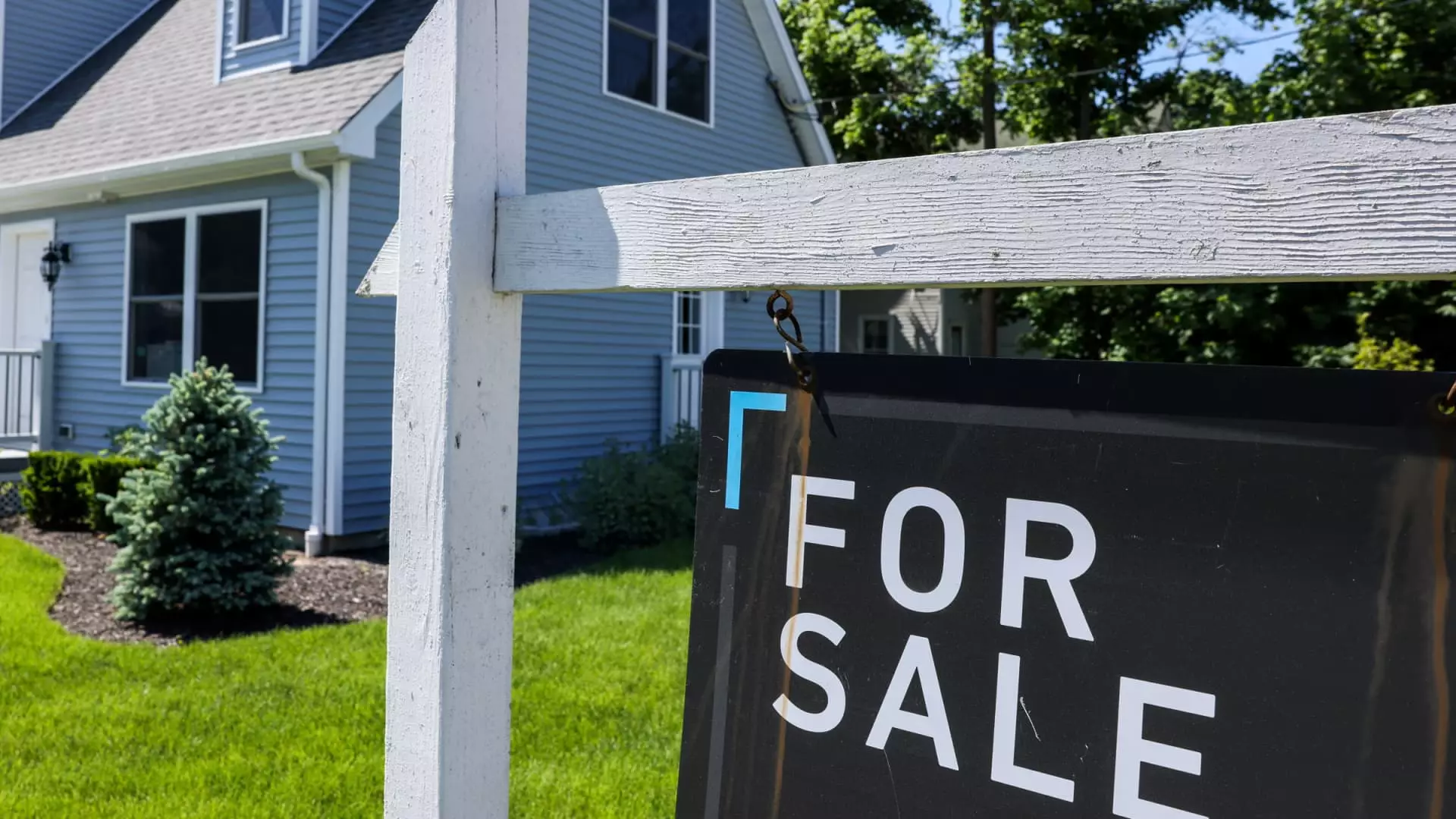Recently, the mortgage sector experienced a fleeting surge in demand, propelled primarily by a minor dip in interest rates. While a 9.4% weekly increase in mortgage applications appears promising at first glance, this uptick masks a deeper uncertainty plaguing the housing market. Historically, markets thrive on stability but are instead mired in volatility driven by macroeconomic pressures and shifting consumer confidence. The modest decline in the 30-year fixed-rate mortgage to 6.77% did little to disrupt the broader trend of cautious behavior among homebuyers and refinancers alike. It is vital to question whether this transient bounce represents a genuine turnaround or merely a brief response to short-lived fluctuations in lending rates.
Delayed Reactions and Underlying Fragilities
While a quick analysis might celebrate the increased interest in refinancing and home purchases, deeper insights reveal an underlying fragility. Refinance applications, despite a 9% weekly rise, still trail well below the frenzy of growth typically seen during historically low rate environments. Additionally, the fact that refinance activity remains nearly 56% higher than the same period last year underscores the slow recovery from a period when mortgage rates hovered at unsustainably high levels. Furthermore, purchasing application demand, albeit up 25% compared to a year ago, remains disconnected from actual market enthusiasm. Consumer sentiment remains unstable, and high contract cancellation rates hint at an uncertain outlook—a sign that many buyers and investors are hedging against potential future downturns rather than confidently jumping in.
The Illusion of Market Strength and the Reality of Caution
The recent rise in mortgage applications should be approached with skepticism. While the numbers paint a superficially optimistic picture, the reality is more subdued. The average loan size for purchase applications is at its lowest point since early 2025, signaling smaller, possibly less confident, homebuyers entering the market. Meanwhile, mortgage rates have begun edging upward again, following a brief decline. But whether this is an indication of a sustained rebound or mere market noise remains open to debate. Experts like Matthew Graham argue that these rate movements are often misleading, reflecting minor corrections rather than a decisive shift in trend. The broader environment—marked by sluggish consumer sentiment and elevated contract cancellations—suggests that the market’s recent upswing is fragile at best and potentially deceptive at worst.
The Illusory Springboard or the Calm Before the Storm?
In truth, the mortgage market today is less an active force of growth than a battleground of conflicting signals. While headline figures suggest a resurgence, the fundamentals tell a more cautious story. A combination of moderate rate adjustments, muted consumer confidence, and high cancellation rates paint a picture of an industry still in limbo—vulnerable to further rate hikes and economic headwinds. Whether this minor pause marks a genuine reset or a temporary respite remains to be seen. For now, mortgage demand continues to fluctuate on the edges of broader economic uncertainty, reflecting a market that is more fragile than its recent numbers suggest.

